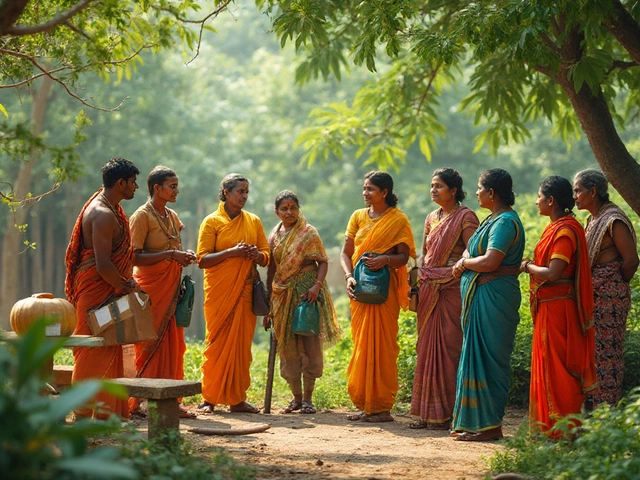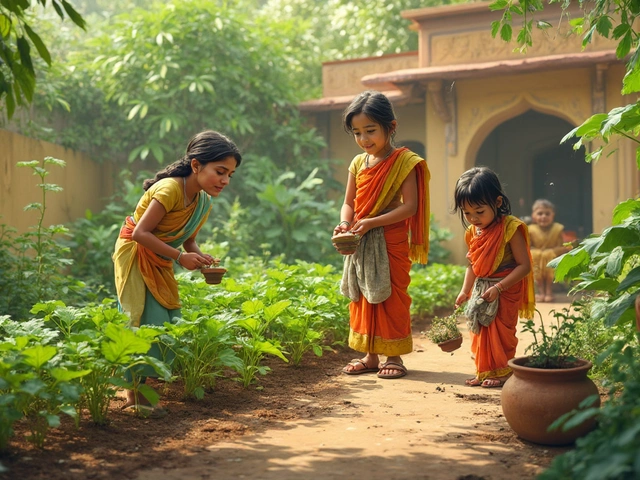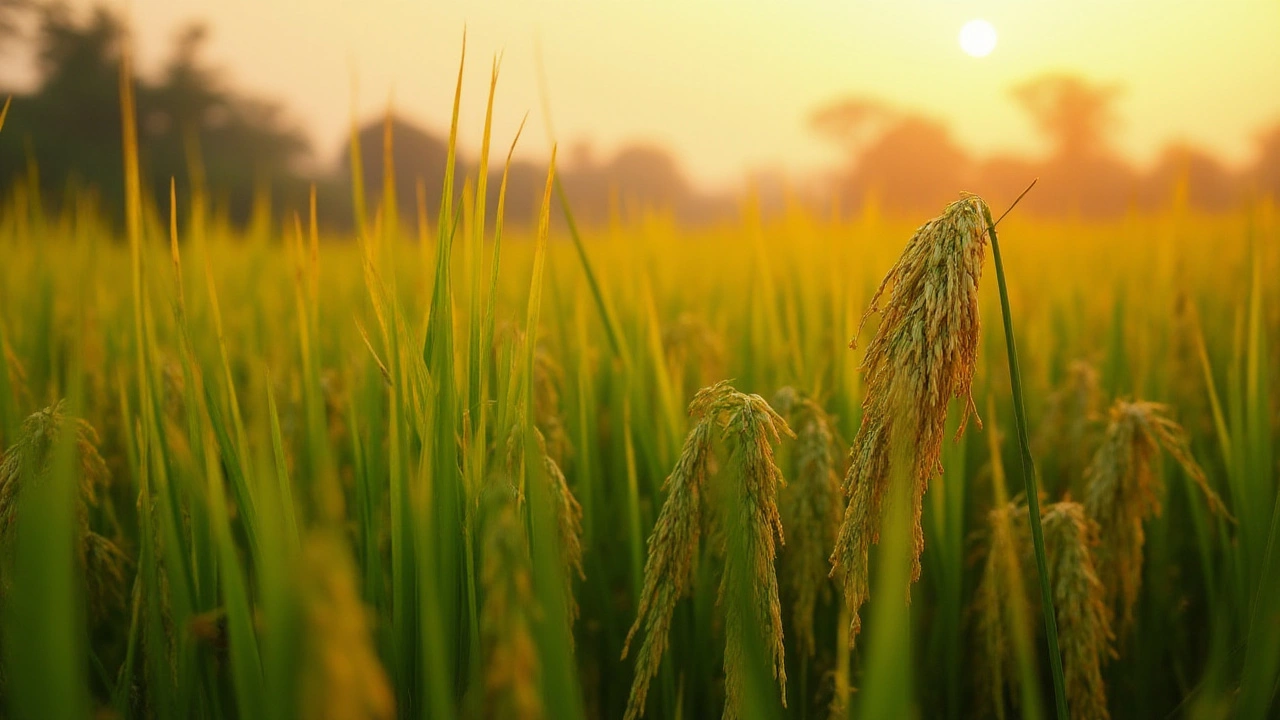Rice Harvest: Essential Tips for Indian Growers
If you’re planting rice in India, the harvest season is the moment you’ve been waiting for. But a good yield doesn’t happen by chance – it needs the right soil, careful water management, and a clear plan for the risks that can bite you at the last minute.
Choosing the Right Soil
The foundation of any rice field is the soil. Look for loamy, well‑draining soil that can hold water without turning into a swamp. Clay soils keep water, but they can become too tight for roots, while sandy soils drain too fast. A simple test is to take a handful of moist soil and squeeze it. If it forms a loose ball that crumbles easily, you have a good mix.
Adding organic matter like compost or green manure before planting improves texture and adds nutrients. In regions where the soil is naturally acidic, a quick lime application balances pH and helps rice plants absorb iron and phosphorus.
Avoiding Common Harvest Risks
Weather is the biggest wildcard. Sudden storms can flood fields, while unexpected dry spells stress the crop and reduce grain size. Set up a basic drainage system – a shallow ditch around the field can channel excess water away quickly.
Pests and diseases also love a dense rice stand. Keep an eye out for brown planthopper and bacterial leaf blight. Early detection lets you act with eco‑friendly controls like neem oil or crop rotation instead of heavy chemicals.
When it’s time to cut, aim for the right moisture content. Harvesting too early leaves grains hard and hard to mill; waiting too long makes the stalks weak and prone to breakage. Most Indian varieties are ready 20‑25 days after flowering when the grains turn golden and the panicles start to droop.
After cutting, dry the rice quickly in the sun or under a shade net. A moisture level below 14% is ideal for storage and prevents mold. If you’re selling the rice, know the market price trends – rice prices can swing with global demand, so timing your sale can add extra profit.
Finally, track your yield. A common question is “how much rice does one cup of seed produce?” Roughly, 1 kg of paddy gives about 650 g of milled rice, which fills about 3 cups when cooked. Knowing this helps you plan the next planting cycle and estimate earnings.
By giving your field the right soil, watching the weather, and staying on top of pests, you turn a risky business into a reliable source of income. The rice harvest doesn’t have to be a gamble – with these simple steps you’ll see healthier stalks, bigger grain, and a smoother market run.
Ready to start your next season? Test your soil, set up basic drainage, and mark the calendar for the golden panicle stage. Your next rice harvest could be your best yet.
How Many Rice Grains from One Plant: Surprising Yield Facts You Need to Know
Ever wondered how many rice grains grow on a single plant? Discover fascinating yield numbers, plant growth facts, and practical tips for maximizing your rice harvest.
About
Rice Cultivation
Latest Posts


Drip Irrigation: Why Isn’t Everyone Using This Efficient Watering System?
By Alden Thorne Aug 6, 2025

Onions on Your Feet: Does This Old Trick Actually Work?
By Alden Thorne May 6, 2025

Most Sustainable Vegetable to Grow: What Actually Wins?
By Alden Thorne May 8, 2025

